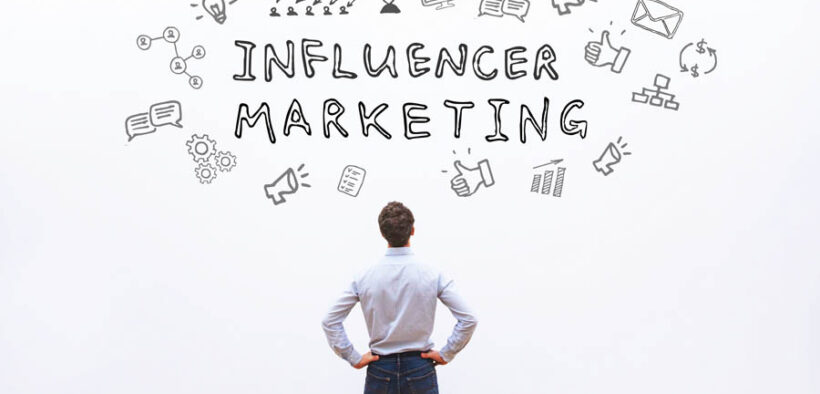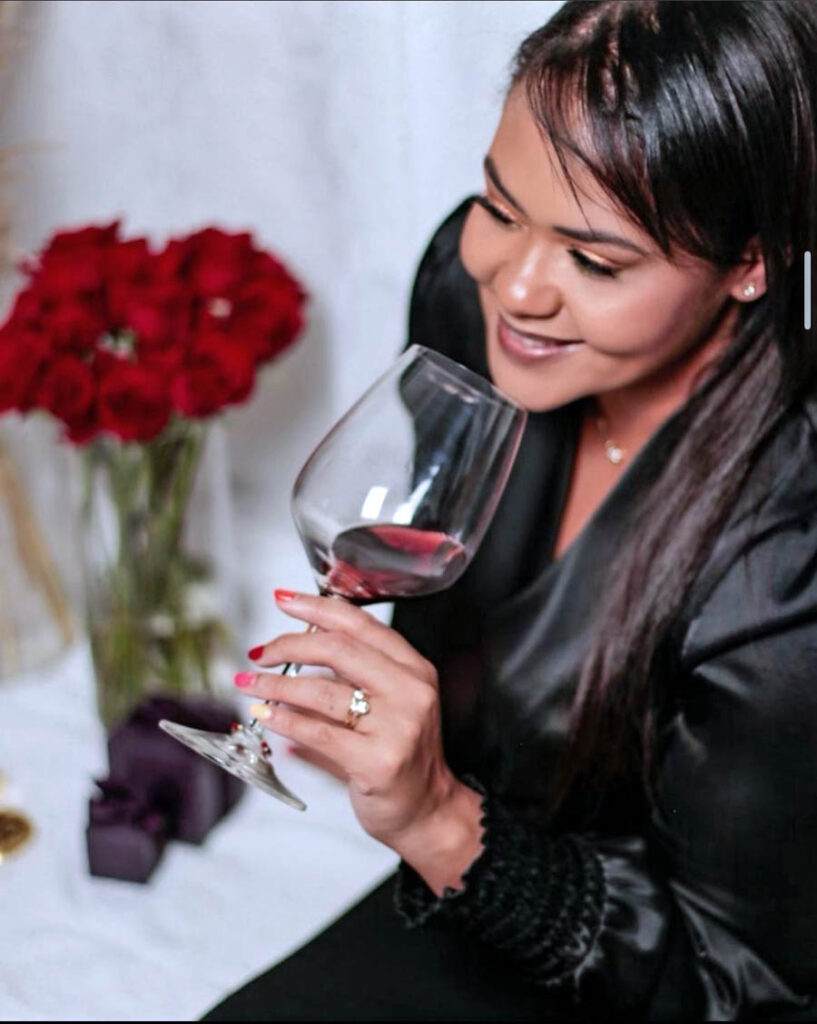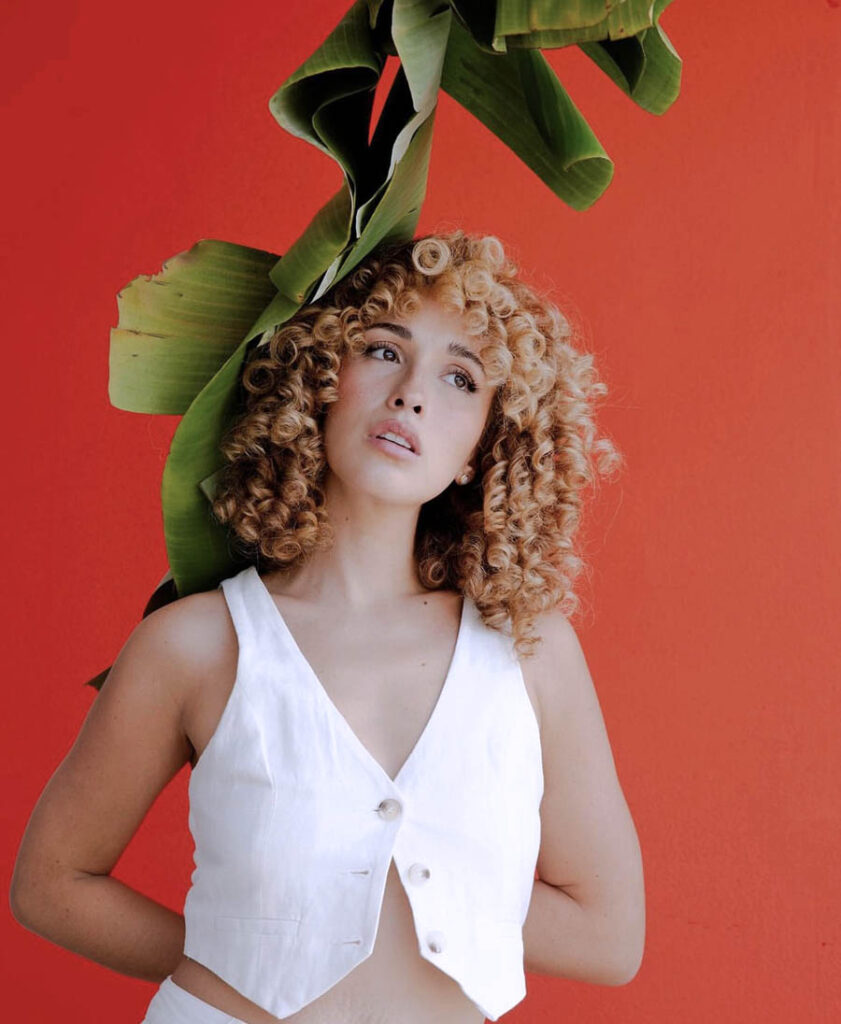Influencer marketing’s influence to explode in coming years

The influencer marketing industry is projected to grow at a compound annual growth rate (CAGR) of 33% from 2023 to 2030, reaching $143.1 billion globally by 2030, according to a recent market report by Grand View Research (GVR). That’s up about 680% from its current market value of $21.1 billion (Statista, 2023).
The market has more than tripled since 2019, mostly because of COVID-19-related lockdowns and social-distancing restrictions. The pandemic drove consumers to rely more on social media platforms for socialization and e-commerce activities and forced brands to resort to alternate promotional methods, including using influencers to endorse their products, GVR reported.
The fashion and lifestyle segment dominated the market with the highest revenue share of 32% in 2022, while the sports and fitness segment is expected to witness a significant CAGR of 35.7%, according to the report.
Influencer marketing fundamentals
Influencer marketing is a collaboration between popular social media users and brands to promote brands’ products or services. These partnerships started in the early days of social media, but by 2009 were sufficiently commonplace for the Federal Trade Commission (FTC) to step in and regulate them through the so-called Mommy Blogger law.
Since then, influencer marketing has grown on the strength of social media platforms such as Instagram, TikTok, YouTube and Facebook (in the West).
Influencers are people with sizable social media followings who can influence their followers’ behavior as consumers. They’re generally divided into five categories based on their number of followers: nano influencers (1,000 to 10,000 followers), micro (10,000 to 50,000), medium/mid-tier (50,000 to 500,000), macro (500,000 to 1 million), and mega (more than 1 million).
This year, one in four marketers used influencer marketing, making it more popular than virtual events, webinars and social commerce, according to a HubSpot’s 2023 state of marketing report.
Favored by 72% of marketers, Instagram is the most popular platform for influencer marketing, according to HubSpot’s 2023 Top Channels for Influencer Marketing report. TikTok is second with 61%, followed by YouTube (58%) and Facebook (57%). Instagram also yields the highest return on investment (ROI) for influencer marketing, according to 30% of respondents, followed by YouTube (20%), Facebook (20%) and TikTok (14%).
Influencer marketing campaigns often target Gen Z consumers because of their receptivity and engagement. According to a 2023 report by the International Council of Shopping Centers, 85% of consumers in this group said social media sways their buying decisions. Another study by Morning Consult showed that 61% of Gen Z and millennials trust influencers, up from 51% in 2019.
The influence of influencer marketing is growing throughout the world. North America dominates the industry with a revenue share of 30.3%, GVR reported, citing high consumer engagement in social media, a skilled platform development workforce, and artificial intelligence-based analytics for the growth.
Consumers in Brazil (44%), India (41%) and China (39%) lead in the share of consumers who buy products promoted by influencers, compared with 21% in the U.S., according to Statista Consumer Insights.
A positive ROI
A 2022 analysis of more than 5,800 influencer marketing posts found that it does yield a positive ROI for brands.
The study identified seven variables that when optimized can boost ROI by 16.6%: number of followers (increased ROI by 9.2%), posting frequency (Goldilocks effect – best effect on ROI when used in moderation), follower-brand fit (Goldilocks), originality (+15.5% ROI), positivity (Goldilocks), links to brands (+11.4%), and new-product announcements (decreased ROI by 30.5%).
According to HubSpot’s 2023 Marketing Strategies and Trends report, influencer marketing offers the second highest ROI of any marketing trend, after short-form video. It also ties with social media shopping tools and website, blog and search engine optimization as the marketing channel with the highest ROI.

Influencer-brand matchmaking
Puerto Rican audiences have embraced influencer marketing, with more brands partnering with influencers or content creators to market their products and services, DOT Communications CEO Deliana Olmo and Verónica Silva, DOT’s digital and experiential PR manager, told News Is My Business.
“This last year we’ve seen a consistent increase in the interest of brands to collaborate with influencers,” Silva said. “We see that in terms of budgets and the time brands want to invest in establishing long-term relationships with content creators rather than doing one-shot deals.”
Olmo noted that more professionals from a variety of sectors, such as dermatologists, dentists and engineers, are getting into content creation to share their knowledge and expertise.
“We’re seeing more brands are looking for this specialized content instead of the traditional lifestyle content,” she said.
Companies are also more focused on collaborating with the right influencers for their brands – content creators who are aligned with the brands’ values.
“Authenticity is the most important thing,” Silva said. “That’s why there are more specialized, niche influencers now. Not everyone can talk about any subject, so that perfect match is very important.”
DOT’s influencer marketing division, Magnet, matches brands with professional content creators. Magnet also focuses on the professionalization of the trade through Magnet Access, a continuing education program for influencers.
Influencer fatigue, authenticity and transparency
Despite the success of influencer marketing, there are signs that an increasing number of consumers are experiencing what is known as influencer fatigue. Exposure to a constant stream of paid or sponsored content tires them, which leads to a decline in trust and engagement.
Audiences are particularly turned off when collaborations between brands and influencers seem forced and inauthentic. Experienced online consumers are drawn to real, more natural content.
As a result, demand is growing for micro and nano influencers who have closer, more genuine relationships with their followers and who excel at balancing organic and paid content.
“Influencer fatigue can happen when there’s not a good match between the influencer and brand or a genuine collaboration, so there’s a disconnect,” Silva said. “For the collaboration to produce results, it’s very important to keep an eye on authenticity on both sides.”
A lack of authenticity leads to a loss in credibility, which can be catastrophic because credibility is the most important asset content creators have to offer and is extremely valuable to brands.
“Brands should not push influencers to work with content that is not aligned with their reality, and influencers should safeguard their credibility,” Silva said. “The collaboration has to be mutually beneficial, an opportunity that adds value to the influencers and their audiences and that benefits the brands and what they want to communicate. That’s the key.”
Local influencers Gabriela Quiñones and Elizabeth García stressed the importance of creating authentic content to develop successful collaborations with brands.

“The more authentic and real you are, the more the audience identifies with you,” said Quiñones, a mid-tier lifestyle content creator with 81,000 followers on Instagram under @gabrielaquinones. Quiñones has collaborated with brands such as Volvo, Maybelline, Banana Boat, CeraVe, Oreo, Samsung and Walmart.
“When Instagram started, everything was fake. Not now. Now, the more real you are, the better [influencer marketing] will work out for you,” she said. “Some people aren’t 100% honest. They project something on social media, but in person they’re someone else. And that’s OK. That sells for a while, but it’s not sustainable. If you’re doing this as a job, every day, all the time, the most sustainable thing is that you be who you are.”
García, a micro influencer with 23,000 followers on Instagram who creates content through @degustandolavidapr and degustandolavida.com, said she collaborates exclusively with brands she likes.
“I have to like the brand. I want the content to be as organic as possible, so I never work with brands or products I don’t like,” said García, who also works as a public relations professional and whose brand collaborations include Don Q, Dewar’s and L’Oréal.
“The brands have to be aligned with my content. They’re brands that I can relate to, so I don’t have any problem promoting them,” she added.
A lack of transparency also contributes to influencer fatigue, DOT’s Olmo noted.
“When content creators don’t make a full disclosure that content is sponsored or paid for, which is required by FTC regulation, they lose credibility, and audiences lose trust and get fatigued.”
Both Olmo and Silva pointed out that consumers have the power to avoid influencer fatigue by properly managing their news feeds.
“Consumers who have influencer fatigue might not be properly curating their news feeds. They’re probably not following people who are aligned with their values,” Olmo said. “They may not know that they can remove things that make them feel uncomfortable or anxious. So, the educational part is very important, for people to have better knowledge of how social networks work.”
“Consumers have the power to decide what content they want to consume. They can decide which content creators to follow based on the topics that are important to them,” Silva said, adding that more influencers means more content options.
“The influencer continues to be someone in whom you see yourself, whose opinion you trust and whose recommendations you follow,” Silva explained. “It’s like word of mouth, only with a more elaborate name and a more developed profession, but it continues to be that. You connect with someone you trust and believe in and consider their recommendations.”
What’s next for influencer marketing?
The near future will bring more nano and micro influencers, a growing emphasis on authenticity and transparency, greater focus on niche markets, and increased use of short video content, according to multiple reports. AI, machine learning and stricter regulations will play a significant role.
“I expect further development of better practices and the professionalization of the trade,” Olmo said. “There’s also a lot of talk about ethics and regulations.”
Technology will continue to have a huge impact, as it has so far, she continued.
“I think AI will help with productivity, allowing content creators to spend less time and effort adapting content to different platforms and focus on more important things,” she said.
García predicts further professionalization of the industry. Along those lines, Quiñones believes that being an influencer is not all fun and games and that work ethic is the key to future success.
“This is work,” she said, “and I think that the people who take this job seriously are the ones who are going to grow in the future.”













